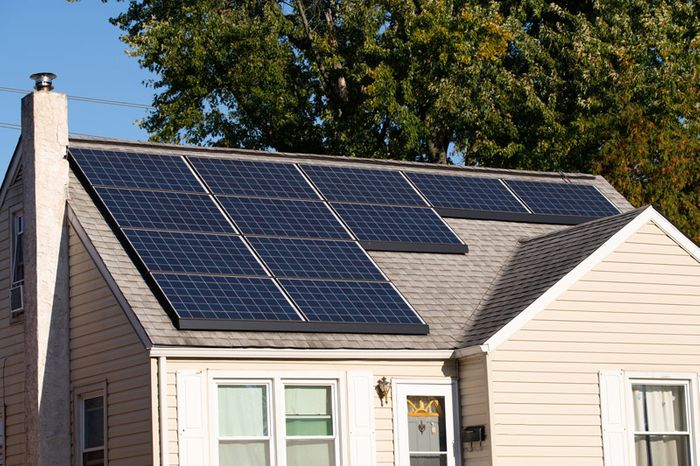1. Contact Your Representatives
Tell your local Representatives to Oppose H.R. 1 and protect the ITC.
If you live in a Republican Congressional District, find your local Representative HERE and call the number provided using the following script provided by CALSSA:
“Hi! My name is _____ and I live in _____ (CITY/TOWN) and am a constituent of Representative _____. I am calling to urge the Congressman/woman to support improvements to the solar investment tax credits when the budget reconciliation bill returns to the House. These credits support good-paying local jobs, help families reduce their energy bills, and keep America energy independent. Cutting them would hurt small businesses, homeowners, and workers in our state—all while doing little to reduce the deficit. Thank you!”
2. Spread the Word Online
Social media is a powerful force in swaying public policy. A single share can inform hundreds—or even thousands—about the threat to the ITC and inspire action. By commenting, sharing, and tagging representatives, you create visible public pressure.
📲 Follow us and share our post explaining how the ITC benefits you, your neighbors, and local businesses—and how H.R. 1 puts it all at risk. Every share, comment, and tag adds momentum. Let’s keep solar front and center in this debate.
3. Support Solar Advocacy Groups
Join forces with groups like CALSSA, the AMICUS Solar Collective, and SEIA. They are actively lobbying to preserve solar tax credits and clean energy funding. Donate, volunteer, or simply subscribe to their updates to stay informed and engaged.




